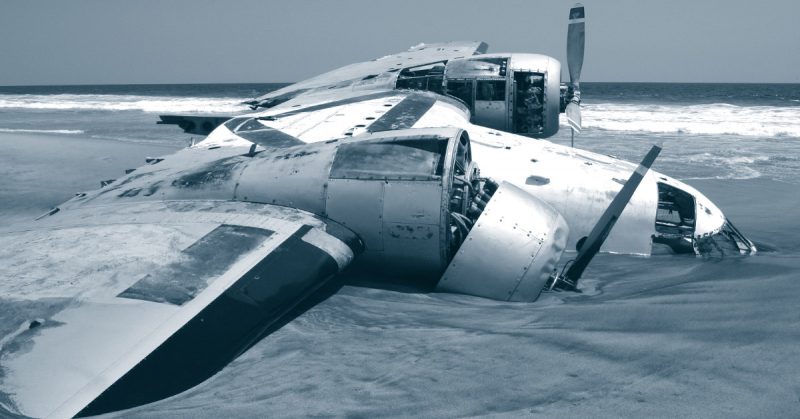Chris Gleadell of Sheringham, UK, made a unique discovery when he nearly tripped over some metal parts sticking out of the sand of a Norfolk beach.
Judging by the size of the pieces, he suspected that they might be airplane parts. He did some research and found reports that a German Junkers Ju 88A-5 had crashlanded on the beach after aborting a bombing run. It had been heading for Liverpool before being shot down on May 3, 1941.
As well as reports, he also managed to find photos of the crash site. Based on those photos and the pieces he had discovered on the beach, Gleadell bought a plastic shovel for less than £1 and began digging.
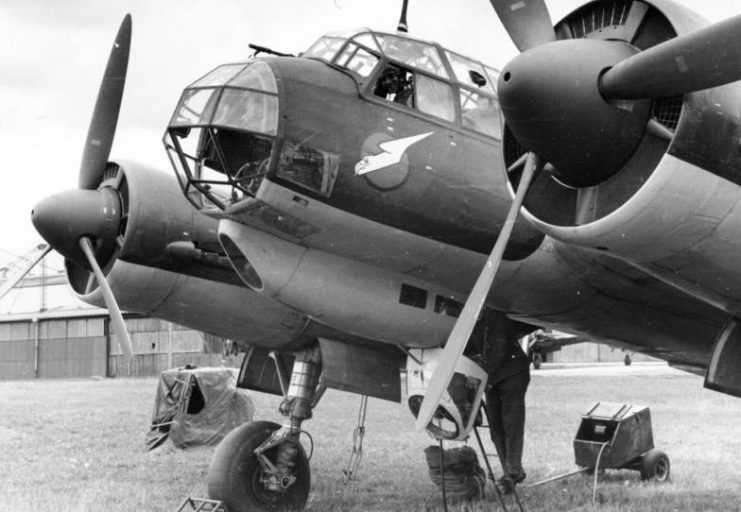
After about an hour, he had uncovered a camshaft with a couple of con rods and five pistons. They looked similar to the old photos he had found, although the parts had become very weathered in the intervening years.
It is believed that the plane was shot down over Skegness by pilot, Guy A. Edminson, and gunner, Sgt. A. G. Beale, who were flying a Boulton Paul Defiant night fighter for the 151 Squadron.
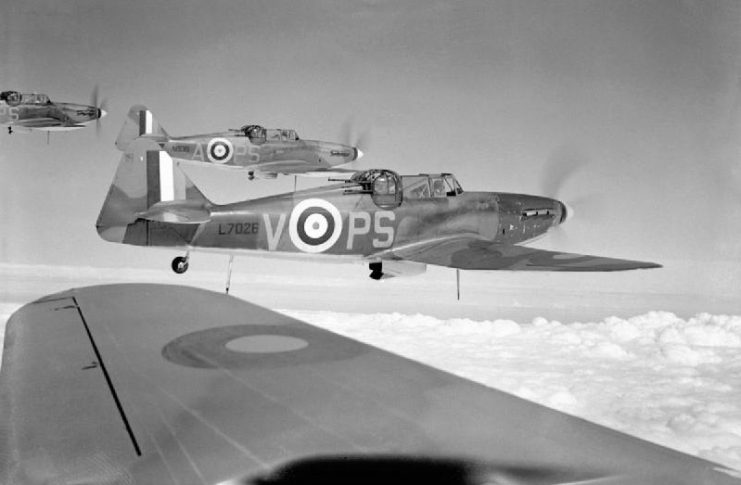
The German plane lost power and was forced to jettison its bomb in an attempt to make it back home. When the starboard engine lost power, the crew were forced to land on the beach. All four crew members were captured. One of them was treated at Cromer Hospital for his injuries.
The discovery was well-timed as thousands of people were expected to arrive in Sheringham and Holt for a 1940s-themed weekend which included music, displays, and events.
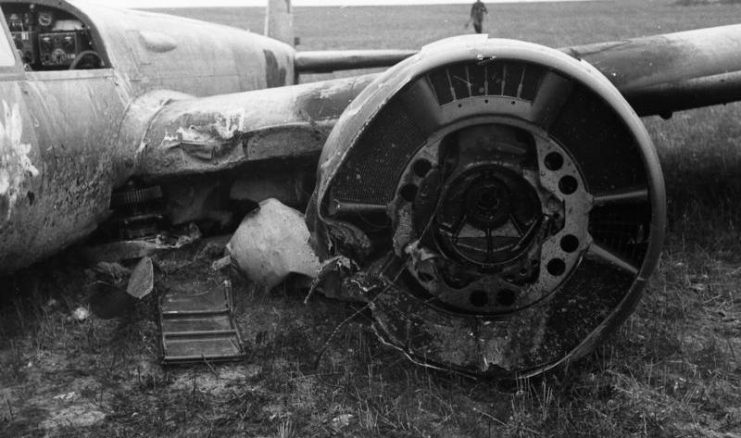
The Junkers Ju 88A was the most common of the JU 88A planes. Two-thirds of the German bombers produced for the war were 88As. It was the most important bomber at the beginning of Operation Barbarossa in 1941. But, like other German bombers, the Nazis were never able to produce enough planes to counter the Allied fighter defenses.
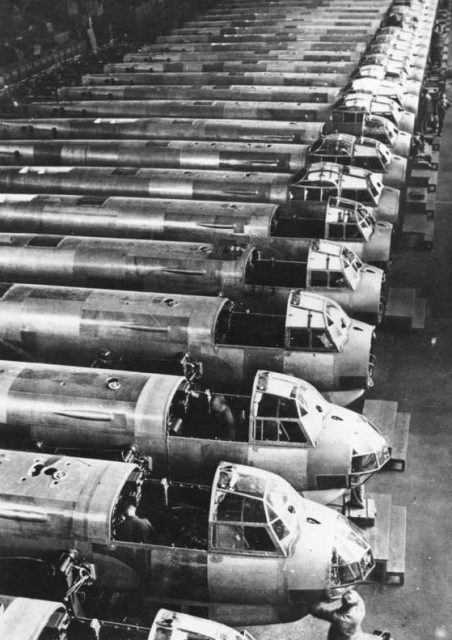
The A5 variant of the Ju was designed to fill the gap until the A4 could overcome engine problems. The A5 began production in 1940 and was used in the Battle of Britain. It had replaced the A1 variant of the Ju 88 by the middle of 1941, and it overlapped with the production of the A4 as that model fixed its engine problems and began production again. Production of the A5 ceased at the end of 1941.
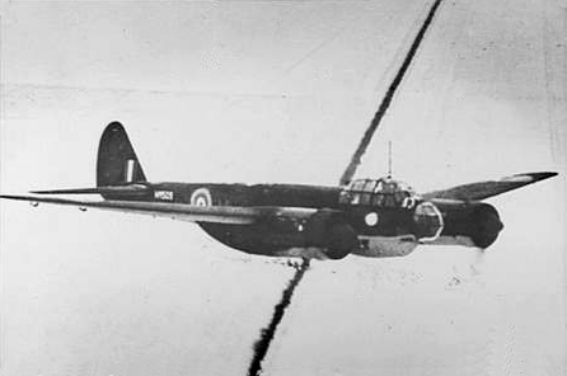
The A5 had extra bomb racks that the A4 did not have. These racks allowed the A5 to carry two additional bombs. It also featured the new double bulged rear canopy which became standard for future military aircraft. This allowed the plane to carry two rear dorsal guns. The A5 also benefited from a lengthened wingspan designed for the A4 which gave it improved performance compared to earlier models.
Read another story from us: Miracle Weapons: Hitler’s Jet Planes & Rockets to Save the Nazis
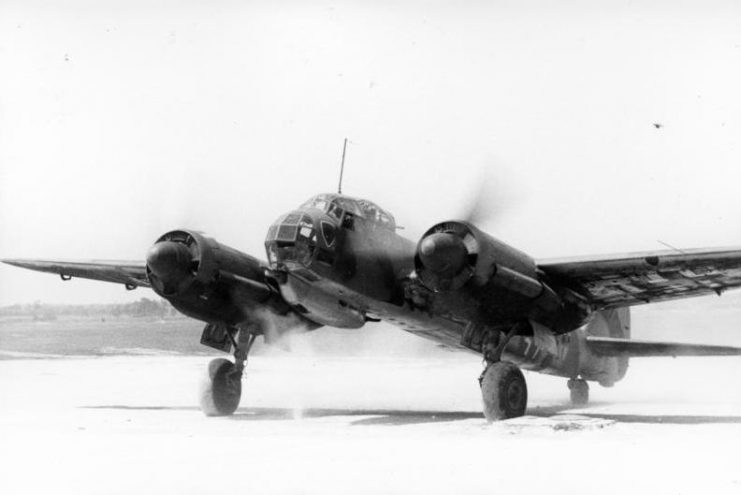
Ju 88 planes had two engines: the A5 used 1,200hp Jumo 211 engines, while larger 1,400hp engines were used on the A4.
